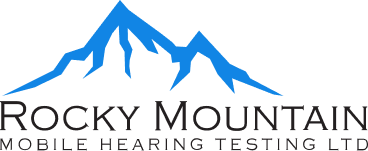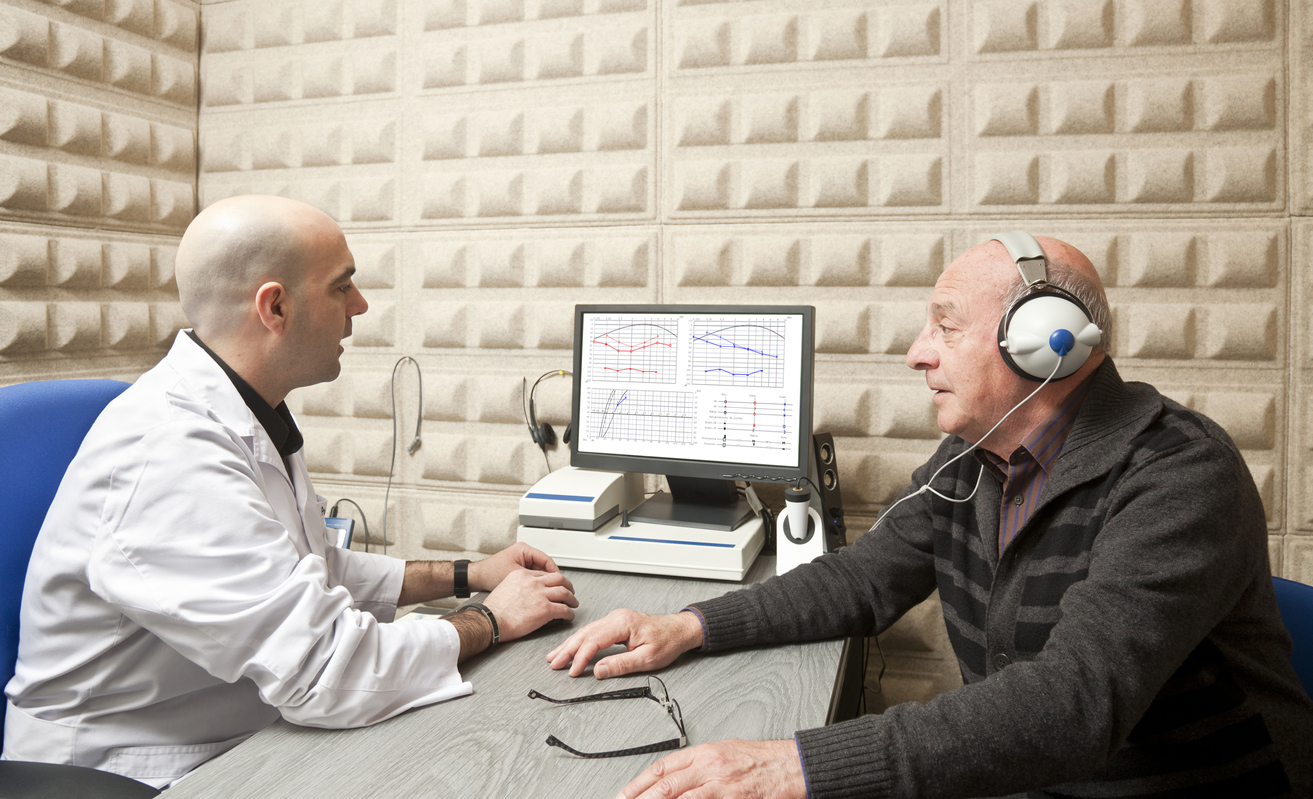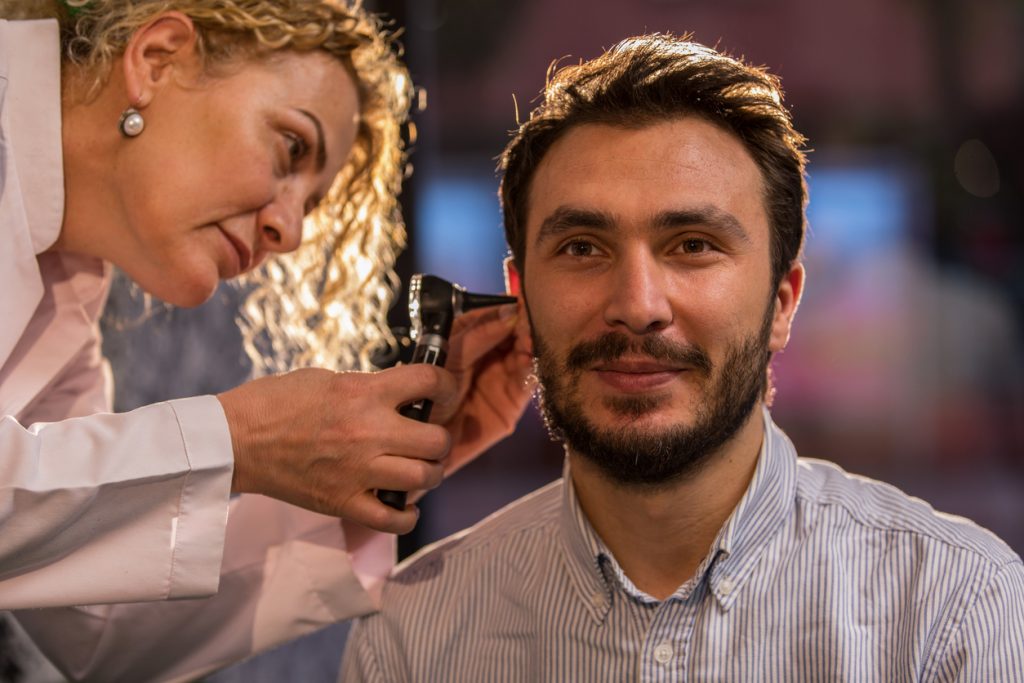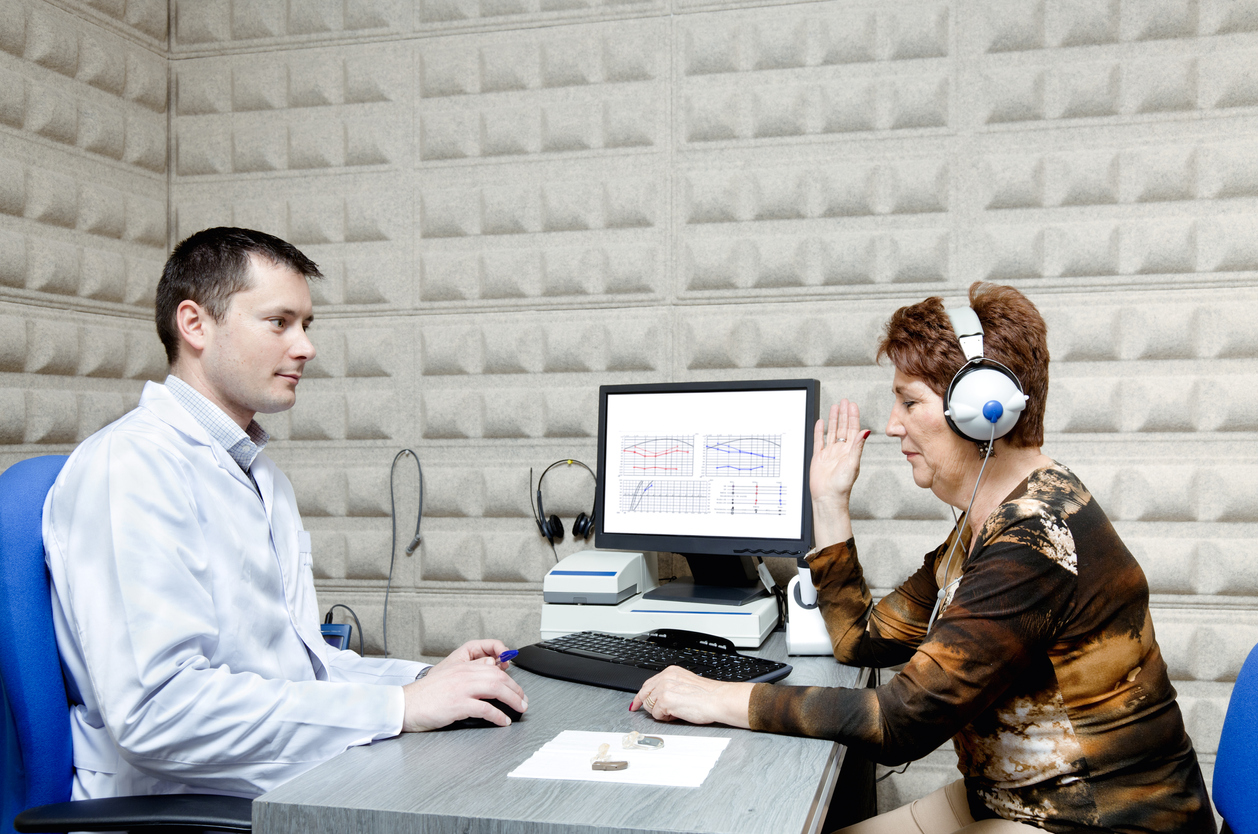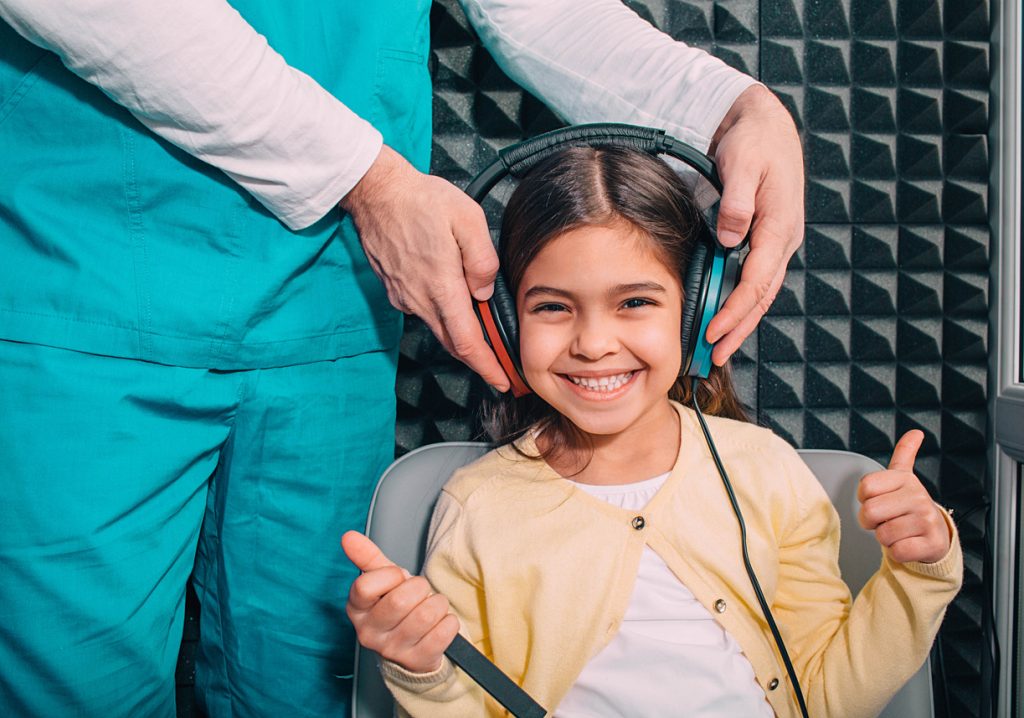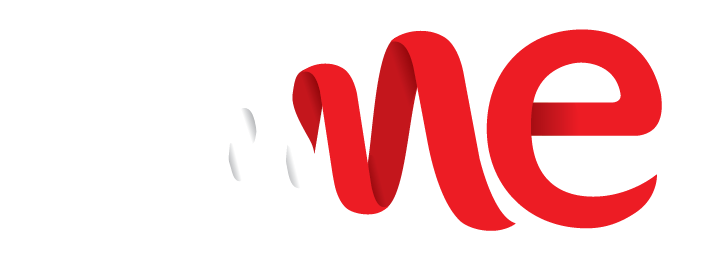How we interpret your audiometric hearing test results revolves around the ear’s sensitivity. Luckily, your ear is a flexible thing. If your ear is exposed to brief or less-than-extreme loudness, it can bounce back and regain the sensitivity you’re used to. But very loud or sustained noise can severely hinder your ear’s ability to bounce back, and you can lose your hearing.
Through careful study, private and government organizations have established an understanding of the limits to which your ears can flex with the noise of the workplace—called thresholds. Hearing loss is defined as a shift beyond the average threshold, and qualified audiometric technicians like us are certified to interpret the results correctly. When you get an audiogram, we’ll be looking for normal results and normal shifts. But how do we look for those results.
Normal & Abnormal Shifts in Audiometric Testing
Baseline testing is one thing industrial, construction, agricultural, or any workers exposed to noise need, by law. According to the Occupational Health and Safety Code, a baseline test must establish the worker’s hearing thresholds within 6 months of being exposed to noise on the job.
Baseline testing gives context to later tests and shows what the worker’s hearing is like early into their first months of employment where noise levels are a hazard. The same OH&S Code notes in section 223 that additional hearing tests must be administered within 12 months of baseline testing, and again once every 2 years, minimum. We can observe a shift by comparing a recent test or several tests with the baseline.
Rocky Mountain Hearing can better understand thresholds falling within normal and abnormal ranges, and whether abnormal shifts result from the work environments. So what are the average metrics defining shifts in normal and abnormal thresholds?

An “Abnormal shift” means a threshold shift, in either ear, of 15 dB at two consecutive test frequencies from 1000 Hz up to and including 6000 Hz when compared to the baseline test.
But gathering and interpreting audiometric test results requires qualified personnel. And we’re certified to ensure that the results are a precise measurement of the worker’s hearing.
Audiometric Assessment Results Vs Audiometric Testing
Industrial hearing tests ensure that workers’ hearing isn’t changing due to noise. If there are abnormal test results, Rocky Mountain Mobile Hearing Testing have audiologists review the results and recommend followup. An audiometric assessment is the next step! A trained healthcare professional will look at a worker’s baseline hearing test, and their subsequent hearing test results to look for differences that aid a medical diagnosis. We’re here to interpret your employees’ results per OH&S Code and flag any results that aren’t quite normal.
Rocky Mountain Mobile Hearing Testing is your locally owned and operated Calgary business. We are committed to providing mobile hearing testing services and other safety tests to numerous industries and companies in Western Canada. Our services are part of the WorkSafeBC Provider Network, while our sound booths are approved by the CSA. We offer audiometry testing, mask fit testing, custom earplugs, noise measurements, help with implementing a hearing conservation program, and spirometry testing. If you want to improve your workplace, leave it in the hands of our team. Contact us today at (403) 399-4775.
